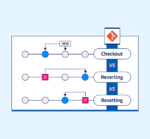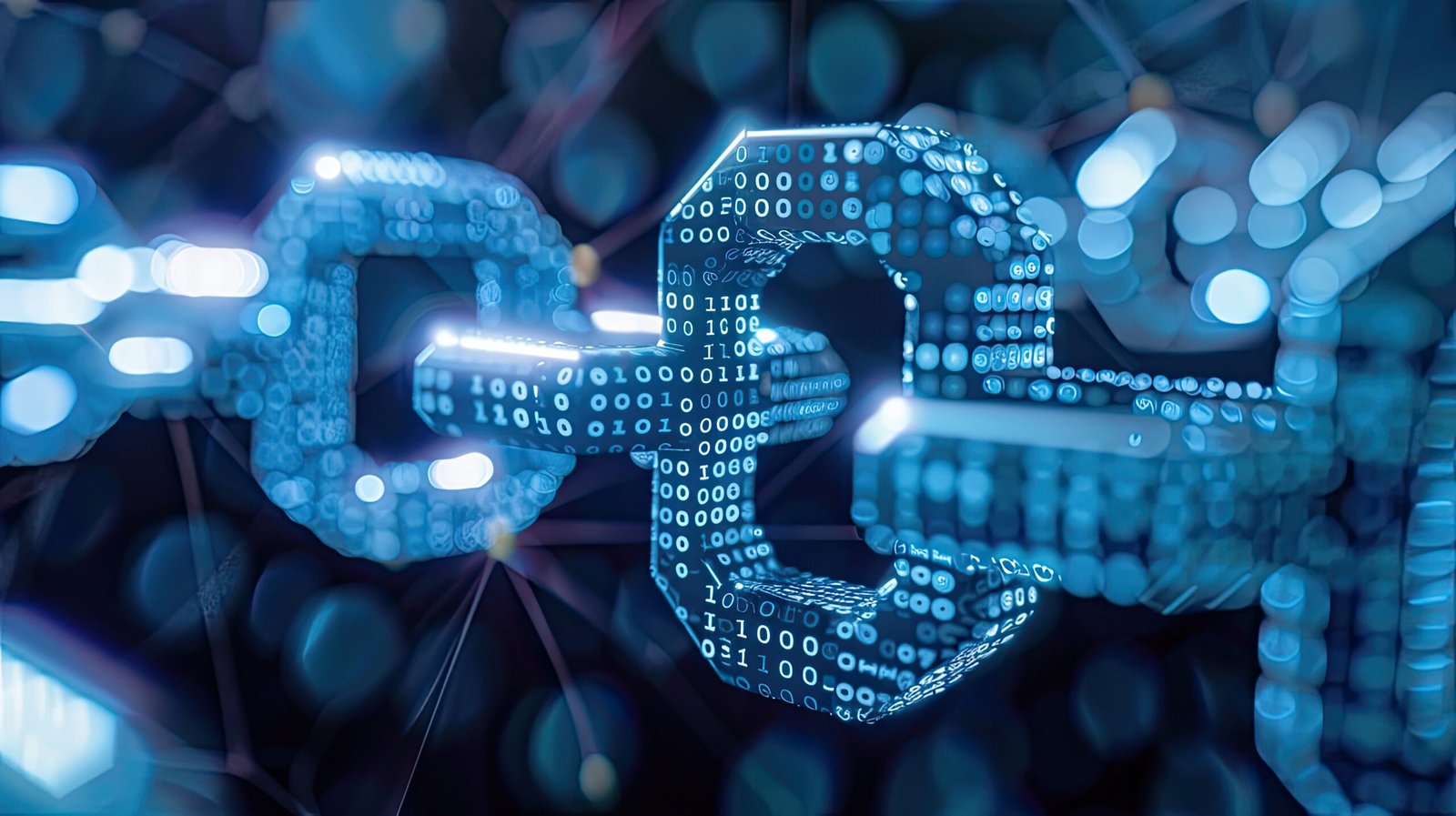Table of Contents
Phishing has been the most persistent form of cybercrime for decades, but today, thanks to the infusion of artificial intelligence, it has received a new birth. Modern AI phishing attacks are more convincing, scalable, and much harder to pin down compared to the previous generation of scams. In fact, this evolution represents one of the most pressing AI cybersecurity threats to both businesses and individuals. In this article, we are going to break down what phishing is, how it has changed with AI, and how AI malware detection helps security professionals stay a step ahead.
What is Phishing?
Phishing is a form of social engineering against targets to make them divulge sensitive information such as passwords, credit card information, and personal details. This usually takes the form of the below:
- Emails purported to come from organizations the victims know or trust.
- Web pages indistinguishable from the real ones.
- SMS or voice calls calling for action to be done quickly.
The dark side of artificial intelligence is making these tactics far more convincing. With cybercrime with AI, attackers no longer rely on clumsy scams. They can now generate professional emails, clone websites instantly, and even use voice or video deepfakes.
The Rise of AI Phishing Attacks
Smarter, Faster, and More Personalized
Traditional phishing emails were often easy to spot for spelling errors or suspicious links. Today, however, AI-driven messages use machine learning and natural language processing to create flawless, personalized content.
For example:
- Spear-phishing with AI can target executives using details scraped from social media.
- Deepfake fraud may impersonate a CEO’s voice to request money transfers.
- Automated systems enable automated hacking at scale, reaching thousands at once.
This mix of speed, personalization, and sophistication makes phishing more dangerous than ever.
Broader AI Cybersecurity Threats
Phishing is just one piece of the puzzle. AI is driving a new wave of AI cybersecurity threats beyond deceptive emails, including:
- AI-generated malware that evolves to avoid detection.
- Exploiting machine learning flaws to bypass security tools.
- Chatbots or voice bots used in social engineering to build trust.
This reflects the ongoing AI vs AI in cybersecurity battle. Criminals are leveraging AI for attacks, while defenders deploy AI-powered defenses in response.
How AI Helps in Malware Detection
The good news is that AI is not just a weapon for attackers—it’s also a shield. One of the most promising areas is AI malware detection. Unlike traditional antivirus tools that rely on signatures, AI analyzes behavior in real time.
Here’s how it works:
- AI continuously monitors network traffic and user activity.
- Unusual activity—like odd login times or file transfers—is flagged.
- Threats can be stopped before spreading, even if they are brand new.
This gives security teams a fighting chance in detecting phishing campaigns, zero-day exploits, and advanced malware.

Preventing AI-Driven Phishing
Organizations and individuals can reduce the risk of AI-driven phishing by combining human awareness with intelligent security tools.
Best Practices for Defense
- Employee Training: Human error remains the biggest risk factor. Regular training helps staff spot suspicious emails and requests.
- Deploy AI Security Tools: Invest in platforms that use behavioral analytics and AI malware detection for early threat detection.
- Multi-Factor Authentication (MFA): Even if credentials are stolen, MFA provides extra protection.
- Zero Trust Architecture: Apply a “never trust, always verify” mindset to limit potential damage.
- Stay Informed: Follow trusted sources like CISA for updates on phishing campaigns and new threats.
AI vs AI in Cybersecurity: The Future
We are entering an era where cybercrime is automated and intelligent. Attackers are using AI for phishing, malware, and fraud, while defenders are racing to build AI-powered countermeasures. This AI vs AI in cybersecurity arms race will define the future of digital safety.Phishing is no longer a simple scam—it is a sophisticated battlefield. Organizations that adopt advanced AI malware detection and commit to ongoing training will be best positioned to defend against these threats.
Conclusion
Phishing has always been about deception, but AI has taken it to new levels. From AI phishing attacks that impersonate trusted contacts to deepfake frauds and automated hacking, the risks are growing. At the same time, innovations like AI malware detection offer hope in countering these dangers.
The dark side of artificial intelligence is real, but so too is its potential to protect. By understanding these risks and applying AI-driven defenses, we can stay ahead in the fight against phishing and other AI cybersecurity threats.
Find more content on our website here.










